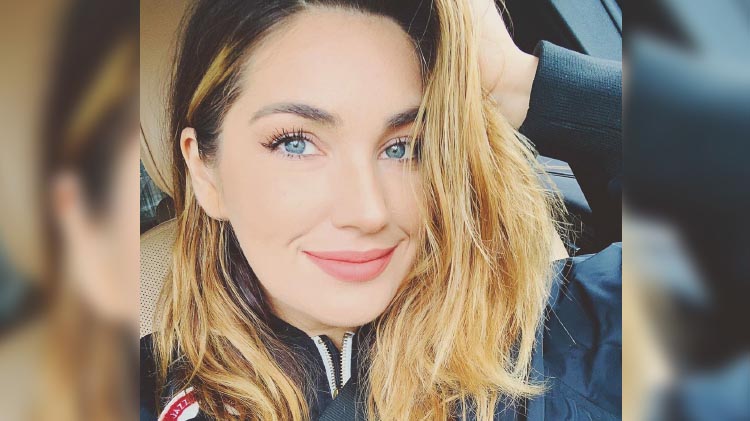
Courtesy of Stephanie Matto/Instagram
’90 Day Fiancé’ Star Stephanie Matto Isn’t Letting Her Illness, Aplastic Anemia, Stop Her From Finding Love
Risking it all for love. 90 Day Fiancé: Before the 90 Days star Stephanie Matto made history as part of the franchise’s first-ever same-sex couple with her girlfriend, Erika Owens. But their story line also helps to bring awareness to the YouTuber’s extremely rare autoimmune disease called aplastic anemia. Keep scrolling to learn more about Stephanie’s illness.
What is aplastic anemia?
It’s a rare condition where the bone marrow fails and stops making new blood cells, according to WebMD.
When was Stephanie diagnosed?
“I was diagnosed with aplastic anemia officially in August 2017,” Stephanie, 29, explained in a YouTube video titled, “I’m in Danger,” posted on March 16 as a way to share an update with fans about how she’s doing amid the coronavirus pandemic.
“I had a severe form of the disease, it was actually bordering on very severe and because my case was so severe, I was immediately admitted to the National Institute of Health where I began to participate in a research trial using a new medication. Unfortunately, that medication did not work for me and unfortunately, I did not have a viable match in the bone marrow registry. A transplant is the only known cure for aplastic anemia,” she continued. “So the option for me was to undergo immunosuppressive therapy, as well as something called ATG, which is when they infuse horse proteins into you and it causes an immune response in your body, shutting down your entire immune system.”
What were Stephanie’s symptoms?
“So when I was diagnosed, my white blood cells were pretty much zero, my red blood cells were critically low so I wasn’t getting enough oxygen to my brain and to my vital organs,” the Yonkers native continued. “I felt really tired, I felt sluggish. I had this really crazy wooshing noise in my head. My whole head was throbbing and everything looks really hazy and cloudy. And I thought it was maybe a sinus infection or allergies, but no, turns out I had critically low red blood cells.”
“Also, last but not least, I had critically low platelets. Your platelets are what help you clot, and if you have severely low platelets, you are at a risk for internal bleeding and most notably, brain bleeds. That is oftentimes the cause of death of people who are diagnosed with severe aplastic anemia,” she explained and added that because of the low platelets, she had lots of bruising all over her body.
How is Stephanie doing now?
“About six, seven months later, after receiving transfusions literally every other day to stabilize my numbers and keep me alive, my numbers began to halt,” she explained. They still remained low, but they were no longer dropping down to critical levels.”
She added that still takes immunosuppressive therapy pills, which suppress T cells and prevent them from attacking her bone marrow. “I am still on a very high dose of this medication and I most likely will be for a long, long time because the last time my doctors tried to taper me off of my immunosuppressive medication, I suffered a relapse,” she said.
Does Stephanie have any other health issues?
Stephanie also has another blood disorder called PNH, or paroxysmal nocturnal hemoglobinuria. “It’s when a portion of your red blood cells are mutated and they spontaneously combust in a way, causing hemolytic episodes in your body, causing DVTs [deep vein thrombosis] and massive blood clots,” she revealed. “I currently have a small PNH clone so it’s something that’s being monitored by my doctors, but it’s not something that I’m proactively worrying and freaking out about like I do with my aplastic anemia.”
Have a tip? Send it to us! Email In Touch at contact@intouchweekly.com.







































